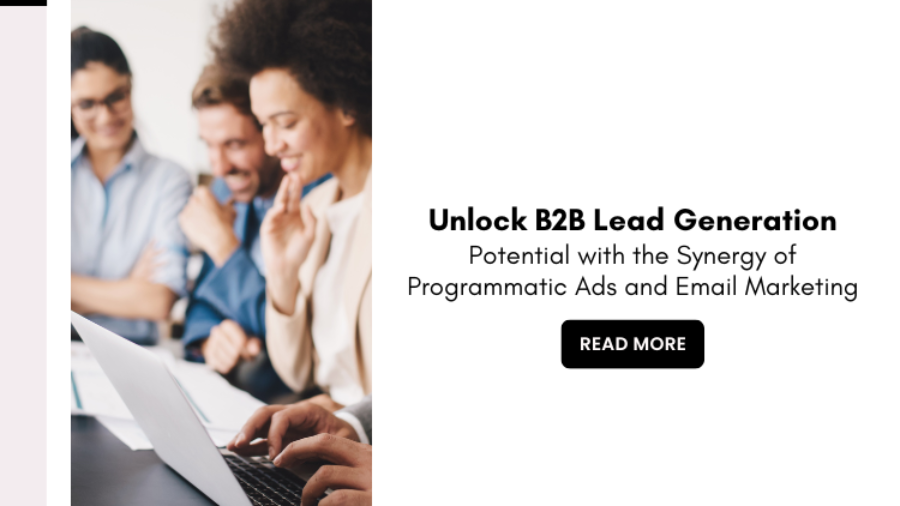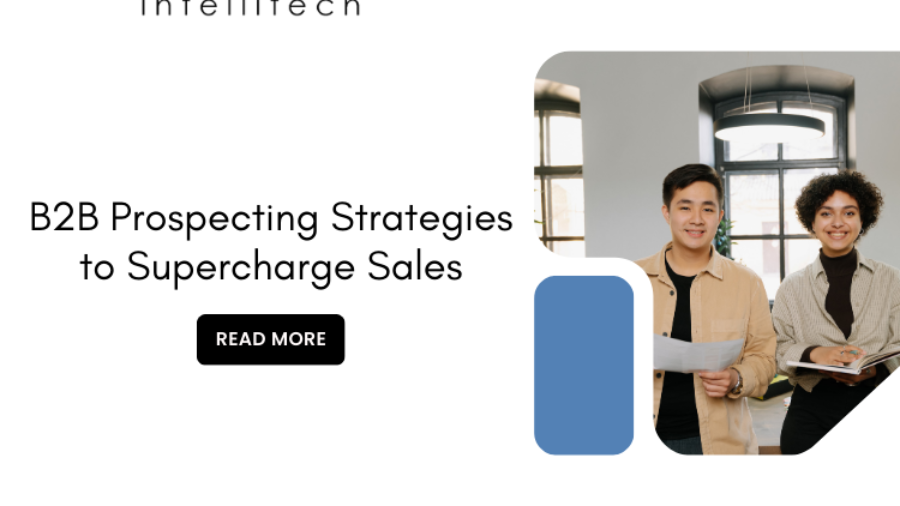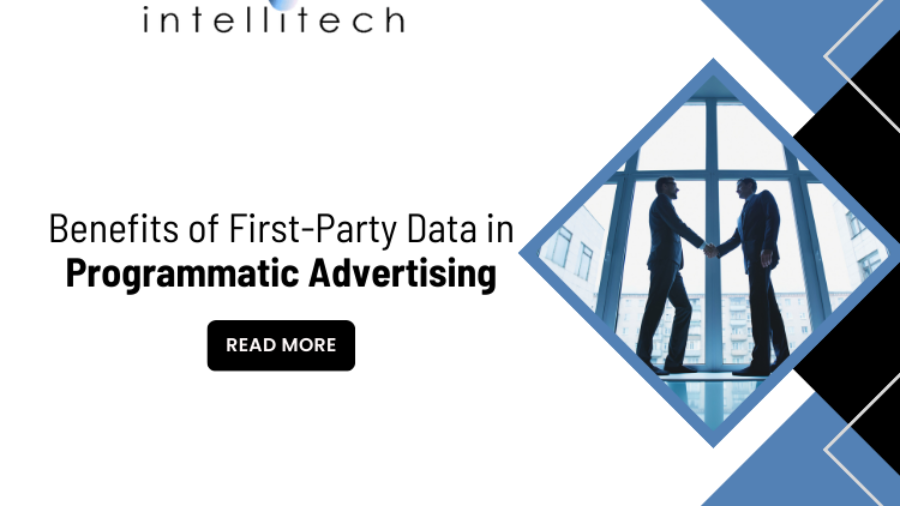In the dynamic landscape of sales, understanding buyer behavior is paramount for success. Traditionally, the BANT (Budget, Authority, Need, Timing) framework has served as a cornerstone for qualifying leads and driving conversions. However, in today's data-driven world, simply relying on BANT may limit your ability to fully capitalize on sales opportunities. By delving deeper into data analytics and adopting a more nuanced approach, businesses can unlock greater potential for conversion success.
Digging Deeper with Data
Exploring data beyond the confines of BANT allows sales teams to gain deeper insights into buyer behavior and preferences. By leveraging advanced analytics tools and techniques, businesses can uncover valuable patterns and trends that may have otherwise gone unnoticed. From analyzing website interactions to tracking social media engagement, there is a wealth of data available to inform sales strategies and enhance conversions.
Understanding Intent and Context
One of the key advantages of exploring data beyond BANT is the ability to understand buyer intent and context more accurately. By analyzing factors such as browsing history, content consumption patterns, and social media activity, sales teams can gain valuable insights into the specific needs and interests of individual buyers. This enables more targeted and personalized sales approaches, ultimately increasing the likelihood of conversion.
Embracing a Holistic Approach
Ultimately, the key to enhancing conversions beyond BANT lies in adopting a more holistic approach to sales. By combining the insights gleaned from traditional criteria with advanced data analytics, businesses can create a more nuanced understanding of their target audience and tailor their sales strategies accordingly.
Conclusion
In today's competitive sales environment, simply adhering to the BANT framework may no longer suffice. By exploring data beyond these traditional criteria, businesses can unlock greater potential for conversion success. From understanding buyer intent to leveraging predictive analytics, the opportunities are endless for those willing to embrace a more data-driven approach to sales.




